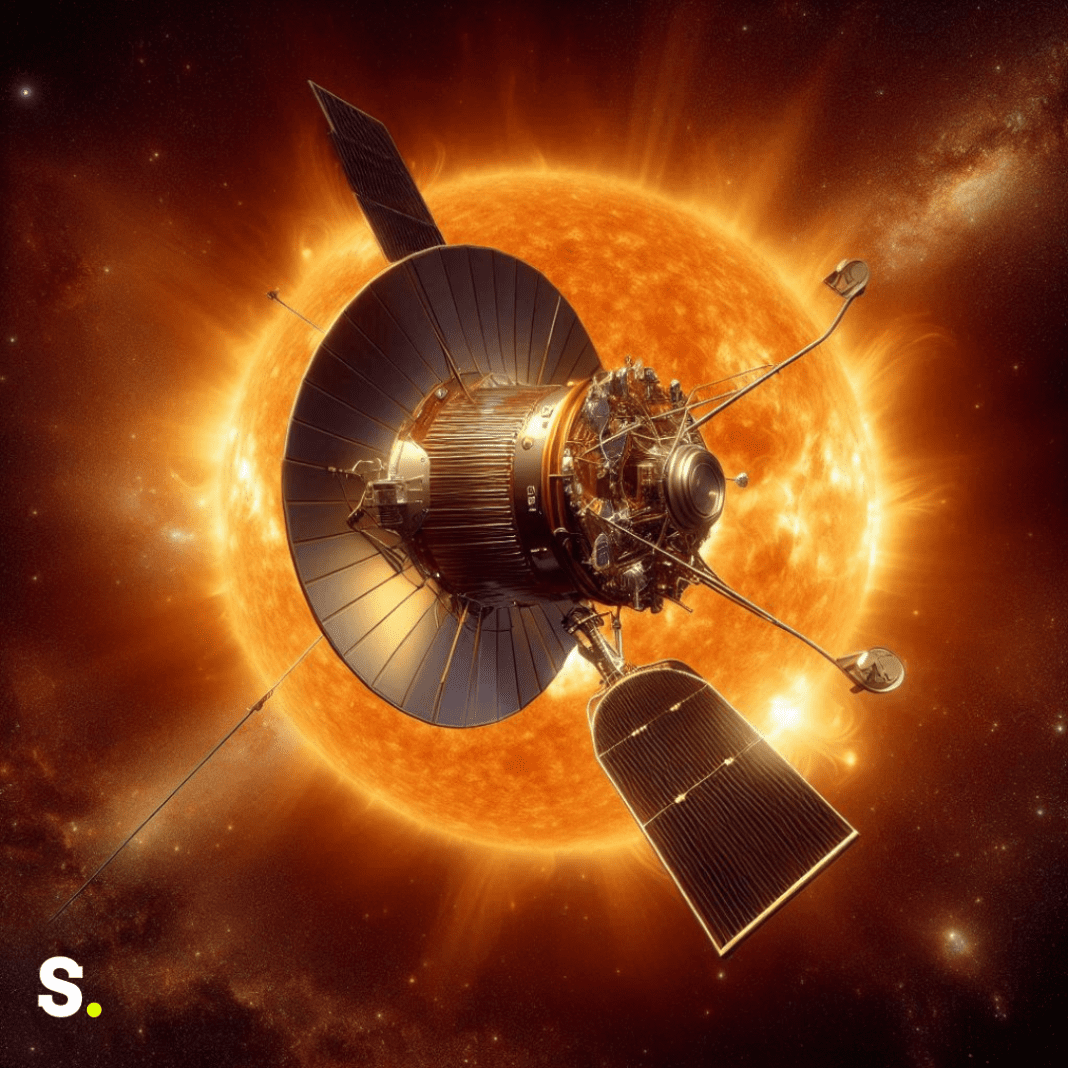Scientists have found something incredible on the moon: a huge underground cave! This cave is not only big but also accessible from the surface. It might be the perfect place to build a future moon base.
The Cave in Mare Tranquillitatis
The cave is located in an area called Mare Tranquillitatis, which means Sea of Tranquility. This is a famous place because it is where the Apollo 11 astronauts, Neil Armstrong and Buzz Aldrin, first landed on the moon more than fifty years ago.
NASA’s Lunar Reconnaissance Orbiter (LRO) helped make this discovery. The orbiter collected radar data, which showed that the Mare Tranquillitatis pit, the deepest known pit on the moon, leads to this massive cave. The cave is about 45 meters wide and up to 80 meters long. To give you an idea of how big that is, it’s about the size of 14 tennis courts! The underground cave is also about 150 meters beneath the surface, which is quite deep.
A Natural Shelter for Future Explorers
Scientists think that this cave is probably an empty lava tube. Lava tubes are large tunnels that form when lava flows under the ground during volcanic eruptions. After the lava drains away, it leaves behind a long, hollow tunnel.
This lava tube could be a perfect place for astronauts to live and work in the future. Why? Because the underground cave can protect people from the harsh conditions on the moon. The moon’s surface is a very tough place to live. It has extreme temperatures, and it is constantly bombarded by cosmic rays, solar radiation, and micrometeorites. These are tiny rocks that travel through space at high speeds and can be very dangerous.
Inside this underground cave, the temperature is much more stable, and the thick rock overhead provides natural protection from radiation and micrometeorites. This makes the underground cave a safe and comfortable place for astronauts to set up a base.
Exploring the Moon’s Hidden Secrets
Scientists have been interested in these moon pits for more than ten years. Many of these pits are thought to be skylights, which are openings that connect to underground caves like lava tubes. These caves are fascinating because they could tell us a lot about the moon’s history.
For example, the rocks inside the caves might hold clues about how the moon formed and its volcanic past. This information is very important for scientists who want to learn more about our nearest neighbor in space.
There is also a chance that these caves contain water ice. Water is essential for life, and having a source of water on the moon would be a huge help for long-term missions. Astronauts could use the water for drinking, growing food, and even making rocket fuel. This would make it much easier to live and work on the moon without having to bring everything from Earth.
So far, scientists have found at least 200 pits on the moon. Many of these pits are on lava fields and could be entrances to large underground lava tubes. These lava tubes are very appealing because they provide the main structure for a possible moon base. This means that astronauts wouldn’t need to build everything from scratch, saving a lot of time and effort.
However, there are some challenges to overcome. For one thing, scientists need to make sure that the underground caves are safe. This means checking the structural stability of the walls and ceilings and making sure they won’t collapse. Space agencies are already thinking about how to do this. They might need to reinforce the walls and ceilings and set up monitoring systems to detect any movement or seismic activity. They also need to have emergency plans in case something goes wrong.
Another big challenge is getting into the cave. The entrance to the Mare Tranquillitatis pit is 125 meters deep. The rim of the pit is a steep slope made of loose debris, which could cause small avalanches if disturbed. This makes it tricky to enter and exit the cave safely. Scientists will need to build special infrastructure to make this possible.
Despite these challenges, the discovery of this underground cave is very exciting. It opens up new possibilities for exploring and living on the moon. The cave provides a natural shelter, offers protection from the harsh lunar environment, and could contain valuable resources like water ice. This discovery brings us one step closer to making the dream of living on the moon a reality.




